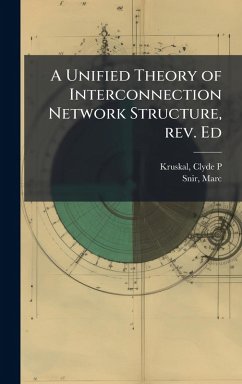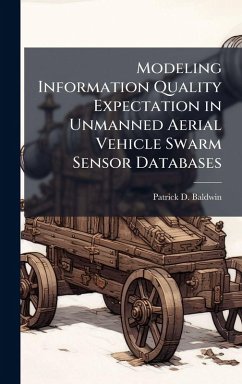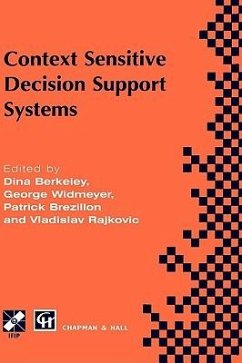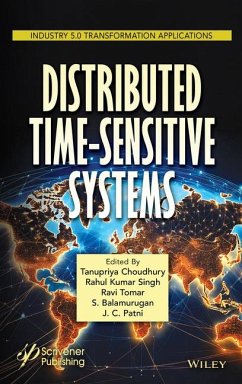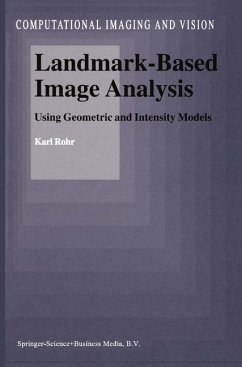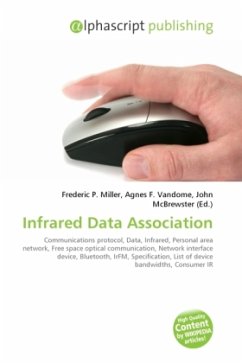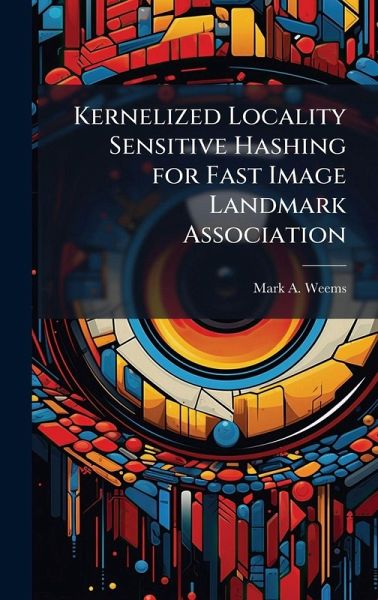
Kernelized Locality Sensitive Hashing for Fast Image Landmark Association
Versandkostenfrei!
Versandfertig in über 4 Wochen
27,99 €
inkl. MwSt.
Weitere Ausgaben:

PAYBACK Punkte
14 °P sammeln!
As the concept of war has evolved, navigation in urban environments where GPS may be degraded is increasingly becoming more important. Two existing solutions are vision-aided navigation and vision-based Simultaneous Localization and Mapping (SLAM). The problem, however, is that vision-based navigation techniques can require excessive amounts of memory and increased computational complexity resulting in a decrease in speed. This research focuses on techniques to improve such issues by speeding up and optimizing the data association process in vision-based SLAM. Specifically, this work studies t...
As the concept of war has evolved, navigation in urban environments where GPS may be degraded is increasingly becoming more important. Two existing solutions are vision-aided navigation and vision-based Simultaneous Localization and Mapping (SLAM). The problem, however, is that vision-based navigation techniques can require excessive amounts of memory and increased computational complexity resulting in a decrease in speed. This research focuses on techniques to improve such issues by speeding up and optimizing the data association process in vision-based SLAM. Specifically, this work studies the current methods that algorithms use to associate a current robot pose to that of one previously seen and introduce another method to the image mapping arena for comparison. The current method, kd-trees, is ecient in lower dimensions, but does not narrow the search space enough in higher dimensional datasets. In this research, Kernelized Locality-Sensitive Hashing (KLSH) is implemented to conduct the aforementioned pose associations. Results on KLSH shows that fewer image comparisons are required for location identification than that of other methods. This work can then be extended into a vision-SLAM implementation to subsequently produce a map. This work has been selected by scholars as being culturally important, and is part of the knowledge base of civilization as we know it. This work was reproduced from the original artifact, and remains as true to the original work as possible. Therefore, you will see the original copyright references, library stamps (as most of these works have been housed in our most important libraries around the world), and other notations in the work. This work is in the public domain in the United States of America, and possibly other nations. Within the United States, you may freely copy and distribute this work, as no entity (individual or corporate) has a copyright on the body of the work. As a reproduction of a historical artifact, this work may contain missing or blurred pages, poor pictures, errant marks, etc. Scholars believe, and we concur, that this work is important enough to be preserved, reproduced, and made generally available to the public. We appreciate your support of the preservation process, and thank you for being an important part of keeping this knowledge alive and relevant.




